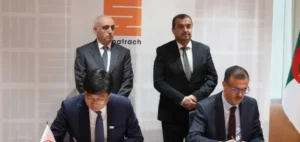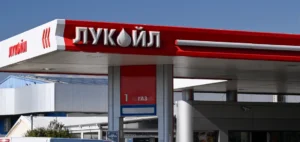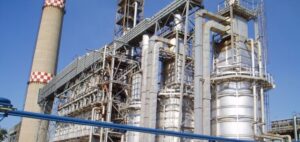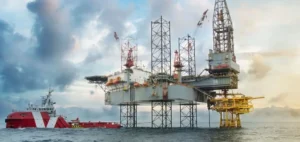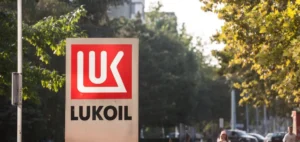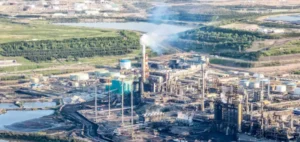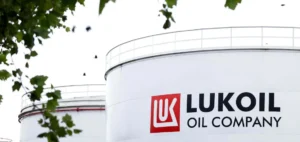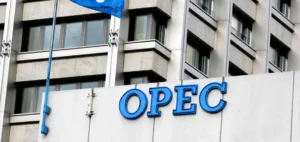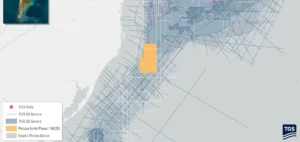The global oil and gas fishing market is experiencing significant progress, supported by the intensification of deepwater drilling operations. According to a report published by The Insight Partners on July 16, 2025, the sector’s value reached USD2.97bn in 2024 and is expected to rise to USD4.36bn by 2031, underpinned by a compound annual growth rate of 5.7% for the period 2025–2031.
Rising demand for specialised equipment
This growth is mainly driven by the increase in offshore projects, often conducted in technically complex environments requiring sophisticated interventions. Fishing, which involves retrieving stuck or lost equipment from wells and pipelines, has become a critical step in on-site maintenance. The rise of ultra-deepwater drilling and the broadening of exploration campaigns in emerging regions have heightened the need for specialised services, while global energy demand continues to climb.
The diversification of fishing applications has reinforced the market’s segmentation. Tools such as overshots and spears led the sector in 2024, while onshore applications remain the majority in volume. However, the share of offshore operations is increasing as companies look to access new reserves at sea.
Technology and innovation at the core of the sector
The modernisation of intervention techniques, including the introduction of automation and robotics at offshore sites, is helping to improve safety and reduce operational risks. This development is particularly evident in high-potential regions such as North America, which retains its global leadership in terms of revenue, followed by the Middle East and Africa, where the growth rate is forecast to be the highest, according to the report.
Leading market players include Baker Hughes Company, SLB (formerly Schlumberger Limited), Halliburton Company, NOV Inc., and Weatherford International Plc. In 2023, Baker Hughes Company completed the acquisition of Altus Intervention, a Norwegian well intervention specialist. In 2024, SLB finalised an agreement with ADNOC Drilling Company and Patterson-UTI to create Turnwell Industries LLC, a joint project aimed at strengthening well intervention services in the Middle East.
Regional outlook and market segmentation
Asia-Pacific, the Middle East, and Africa are seeing growing interest in fishing solutions due to the expansion of offshore projects and the ongoing development of oil and gas infrastructure. The study notes that these regions are expected to record the strongest sector growth until 2031, in response to constant pressure on energy production and the multiplication of exploration initiatives.
The Insight Partners stated that global energy demand, stimulated by population growth and industrialisation, is driving the sector’s momentum. “The rise of advanced technologies and the evolution of exploitation strategies are major growth factors,” the firm reported in its analysis published on July 16, 2025.



